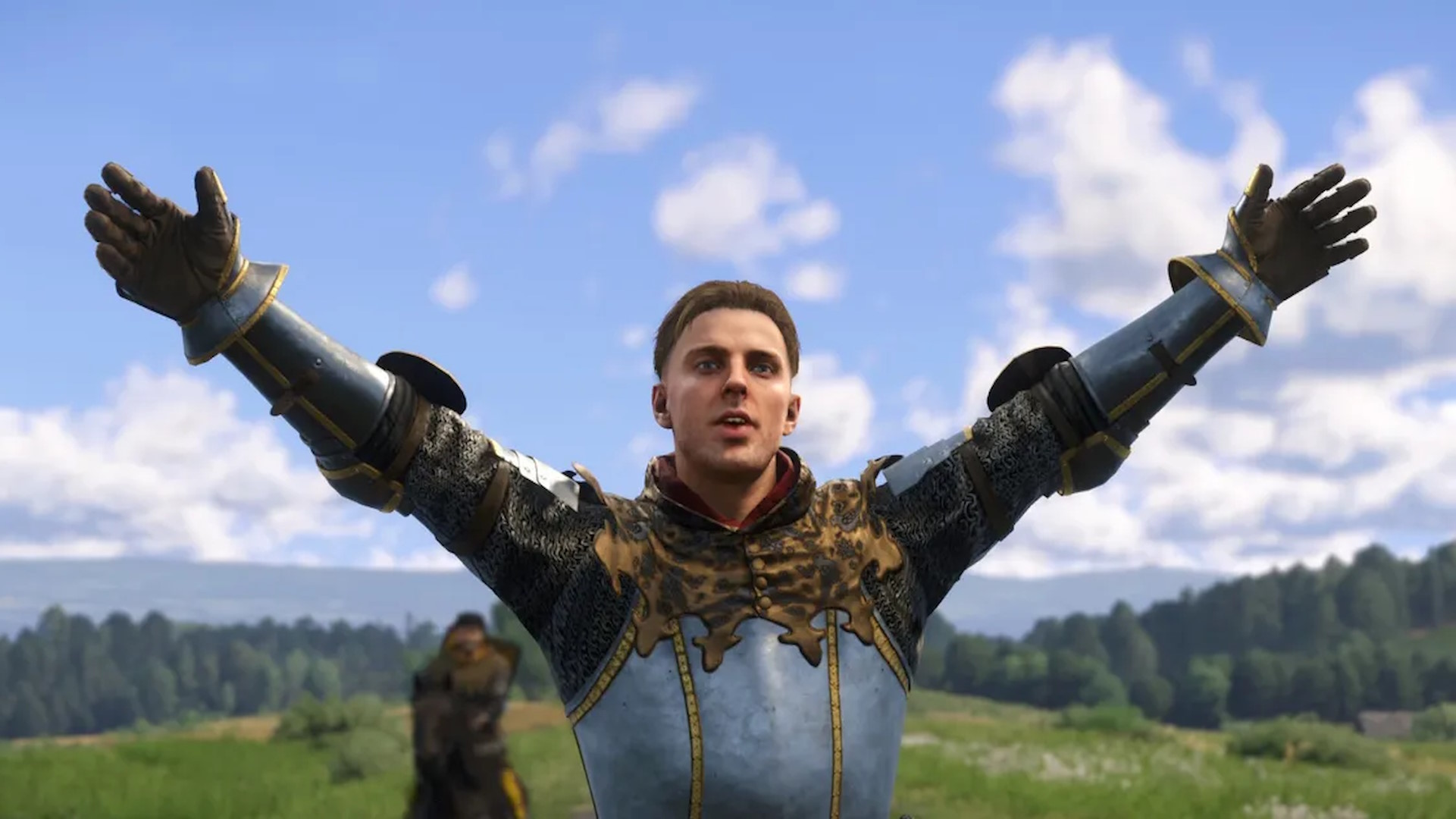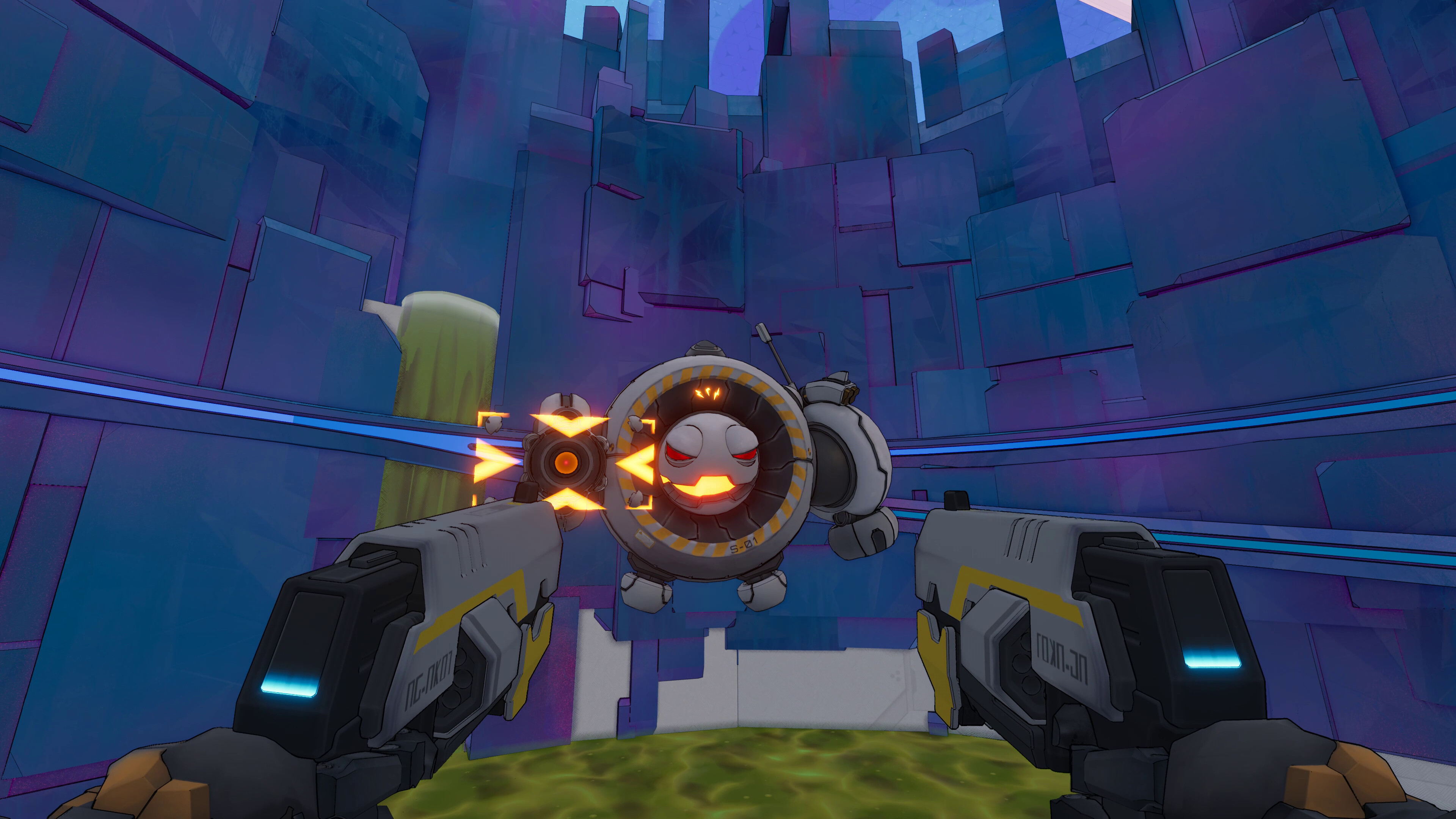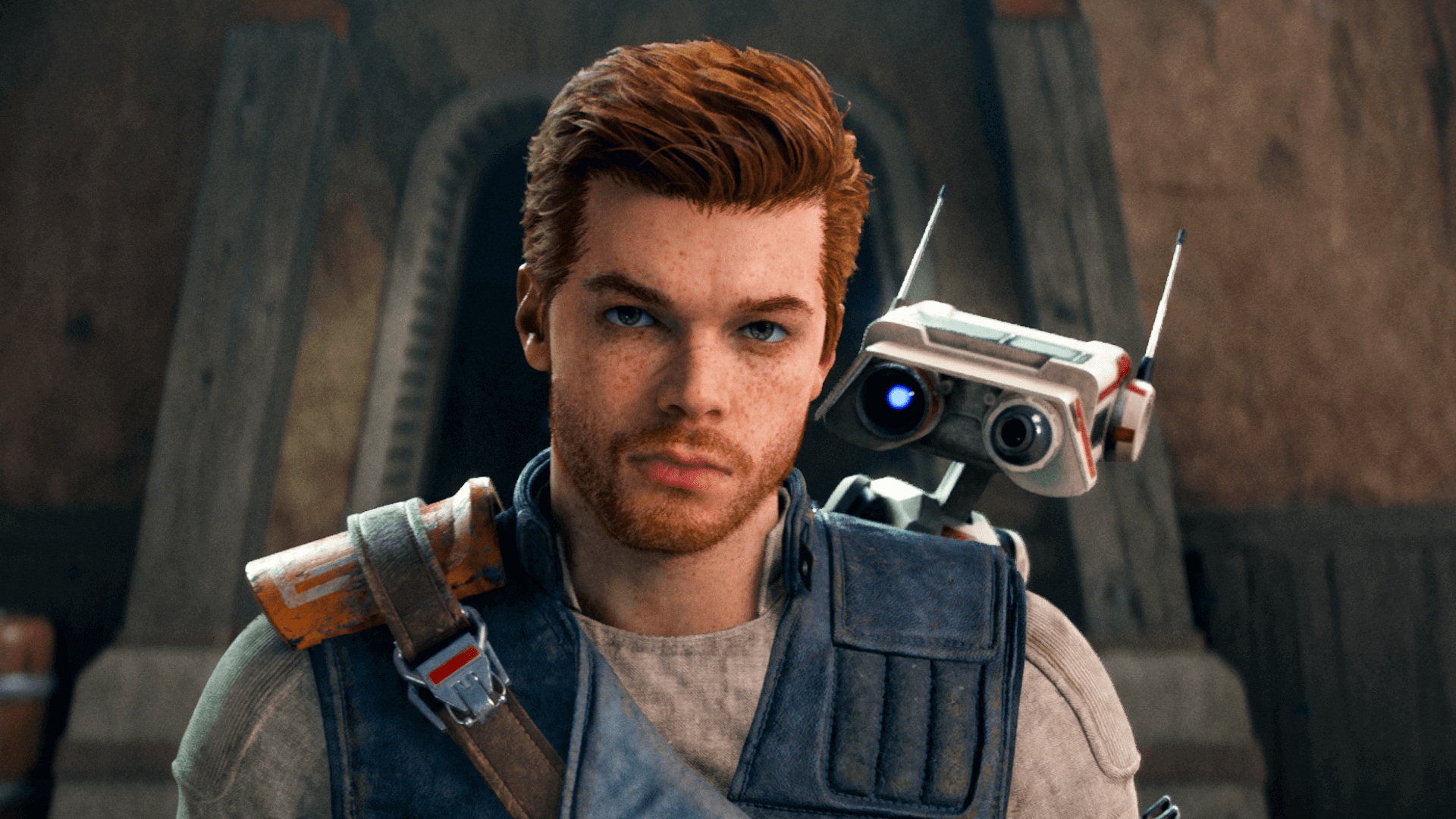
Metal Slug Tactics Review
Metal Slug Tactics lives up to its stone-cold classic namesake from SNK’s golden era with its painstakingly detailed pixel art, head-bopping soundtrack, and snappy structure. It magnificently translates the run-n-gun series into its first turn-based tactics game, but doesn’t sacrifice substance for cheap nostalgia, either. Aside from a few annoying quality-of-life issues and bugs, Metal Slug Tactics’ excellent retro-inspired shell houses a well-made, distinct, grid-based tactics roguelite that cleverly adapts its frantic roots into a more orderly genre without missing a step.
Like pretty much every mainline Metal Slug game (the most recent being 2009’s Metal Slug 7), Tactics puts you in command of the Peregrine Falcons, an elite fighting force within The Normal Army. This spin-off takes full advantage of Metal Slug’s legions of varied enemy types, distinct locations, expansive arsenal, and fleet of awesome vehicles. Sprinkle in clever spins on series mainstays, like rescuing hostages to add some extra objectives on the battlefield, and it’s not hard to see why this seeming left turn was a logical next step.
Before starting out on a run, you’ll have to pick three out of this surprisingly diverse cast of nine characters. Every character has four different unlockable loadouts, with each one catering to a slightly different approach. Marco is an all-arounder whose status as leader means lots of his abilities focus on teamwork in both offensive and defensive scenarios, but one of his loadouts lasers in on ranged moves to help maximize the amount of Synchronized attacks he can execute with his teammates in one turn. Alternatively, Trevor is a glass cannon who exposes his targets to death by a million cuts with movement and offensive-focused tactics, but one of his unlockable loadouts ditches ranged versatility to double down on close combat. Meanwhile, Fio is a support character with a ton of helpful mobility tools that make her a reliable ally for setting up all sorts of flashy combos who can also become a self-healing tank.
This system helped me build my teams around specific goals. One time, I put Fio, Trevor, and a trap-based specialist named Nadia on the same team and picked loadouts that let me exert greater control over the map, allowing me to chase a defensive strategy that revolved around lining up my targets and satisfyingly knocking them all down in one fell swoop.
Calling Metal Slug’s unified fighting force “The Normal Army” isn’t Shakespeare, to say the least — nor should it be. The premise and plot serve the “rule of cool,” a master that demands dieselpunk machines, chunky guns, tons of explosions, and bad guys that feel ripped from an ‘80s action movie and usually make no sense. Metal Slug Tactics knocks this out of the park thanks to its art style, which squeezes every inch of your screen for all the charm and character it can possibly display. Tanks and battleships chug and buckle under the sheer force of their destructive horsepower, explosions crash onto the grid with a satisfying flourish, and your characters are never still, even when they’re hiding behind cover. To say Metal Slug Tactics “oozes personality” would be a disservice; it spurts out of every pixel.
Subtle touches that nail Metal Slug’s fun, cartoonish vibes are peppered all over its screens. If you look to the sidelines of a map, you might find soldiers sunbathing just off a desert battlefield or notice the video game Peregrine Falcon member Ralf is playing on a tiny TV in the barracks, which is so well-animated you can tell exactly which 2D fighter he’s playing. This attention to detail is so consistent that I’m still finding new stuff to chuckle at in between turns every time I try a roughly 45-minute run.
Yet another stellar soundtrack from composer Tee Lopes, whose work on Sonic Mania, TMNT: Shredder’s Revenge, and Streets of Rage 4, has codified him as the king of retro revitalization by way of bumping drum and bass backing wailing guitars. It’s a delight to just jam out and pick up on all the small flourishes.
When you think of turn and grid-based tactics games, you might think of XCOM, Gears Tactics, or Mario + Rabbids’ lengthy encounters that can last for dozens of in-depth turns. Instead, Metal Slug Tactics sacrifices some of the satisfaction you might get from carefully weaving a web to catch unsuspecting prey over multiple turns for smaller engagements that condense and speed up that same satisfying process. Tactics draws a lot of water from Into The Breach’s well; most battles take place on a much tighter grid, with attack and movement range scaled down to match. This keeps the turnover rate between levels pretty quick, no matter the objective, ensuring things stay fresh from battle to battle. Still, it does a good job of differentiating itself from the genre-defining 2018 classic thanks to its slightly more expansive battlefields, lower difficulty, and movement-focused mechanics.
The goals of each fight here are fun but standard stuff you’d find in just about any tactics game, including the usual eliminating all or some of the enemies on the field, taking out an enemy convoy, protecting civilians, surviving a certain amount of turns, reaching a checkpoint on the map, or escorting an NPC to a certain point. Most of these will still only last about three to five turns and net you some helpful loot to beef up one of your three characters’ attack power, buy a new upgrade in a shop, or get reinforcements that can be used to revive a downed teammate. Secondary objectives reward and encourage skilled play with compelling extra challenges, like missions that task you with taking minimal damage, setting up your squad to chase assists with each other, or completing a level within a certain number of turns to earn bonus loot.
Metal Slug Tactics matches the standard run-based structure of your garden-variety roguelite by offering semi-randomized runs, each divided into four stages that end with a big boss fight. You can opt into taking on just one of the three starting stage options, or pursue all of them before venturing into a final fourth area. Each of these stages will subtly scale its challenge with sightly stronger enemy types depending on which level you took on before, ensuring a consistent sense of progress no matter where you start, but the maps and pace of each of these four regions remains the same. A banner at the top of the screen even constantly reminds you that there are only “X Missions Remaining Until The Boss Arrives.”
This is where Tactics feels more like an arcade game more than a roguelite. Although there are secret bosses and optional extra objectives to chase, it doesn’t give you any tools to break the rules. There aren’t any opportunities to, say, take on the remaining handful of missions left on the map of any given section for higher risk with the promise of a better reward. When a boss does crash onto the Super Mario Bros. 3-like overworld map, you have no choice but to engage, which is frustrating. I wish Tactics offered some extra challenge or special conditions to meet that allowed me to complete the area.
Each boss fight does a good job of testing your mastery over Tactics’ movement and teamwork-heavy mechanics. The first boss, for example, has you fighting against a battleship that can barely fit all the guns it has on its deck. It targets your squad with homing missiles, tasking you with getting endangered units to cover while making sure they build up enough Adrenaline to avoid taking damage. Every few turns, the ship will also shoot down one of the platforms your squad is using to target them, forcing you to make sure your team is able to rotate from platform to platform while also dishing out damage from sufficient cover.
Adrenaline and Synchronization, which are Metal Slug Tactics’ shining mechanical innovations, help to justify its smaller scale. The Falcons can accumulate Adrenaline by moving, earning bonuses for jumping between elevations and clearing small gaps. This versatile resource powers a character’s ability to dodge incoming attacks and use special abilities. Linking these two crucial tools for success on the battlefield doesn’t just make for a challenging and rewarding push-and-pull between defense and offense, it also forces you to keep your party in motion. This brilliantly translates the series’ run-n-gun roots into… well, running and gunning, just within the context of a turn-based tactics game. Even characters like the heavy Ralf, who might be slower or tankier in other tactics games, are highly mobile, with limitations placed on their attack range or ability set rather than their range of motion.
This meshes exceptionally well with the Synchronization mechanic, which helps Tactics take advantage of its relatively short skirmishes. Whenever one character attacks an enemy or destructible part of the level, other characters within range automatically join in. Lining up the optimal Rube Goldberg machine of bullets and explosions has always been my favorite part of tactics games, and this mechanic doubles down on that satisfaction, with the only limit on sync attacks being placed on Tactics’ boss characters, as they can only be targeted with a sync attack once per turn. Thankfully, each team member can still attack them one at a time without the extra teamwork. Most Adrenaline-fueled special abilities tie into a specific character’s strengths and weaknesses in a way that underlines Tactics’ surprisingly diverse nine-character cast.
Unfortunately, a few annoying bugs in Metal Slug Tactics sometimes blocked me from executing my master plan. One bug I ran into when Ralf was turned into a mummy, which is supposed to temporarily alter your soldiers’ abilities, prevented him from using normal attacks even after transforming back into his regular self. Resetting the turn normally flushes out anything gumming up the works, but that didn’t help here, and I was forced to take my turn hoping the problem would pass after he got behind some cover. Thankfully it did, but I’ve infrequently run into a few issues like that here and there, which hasn’t a huge deal but can be pain all the same. Mercifully, it’s easy enough to work around most problems since Tactics is constantly creating save states after every move, and quitting to the main menu and hopping back into the fray is helpful without being too time-consuming.







